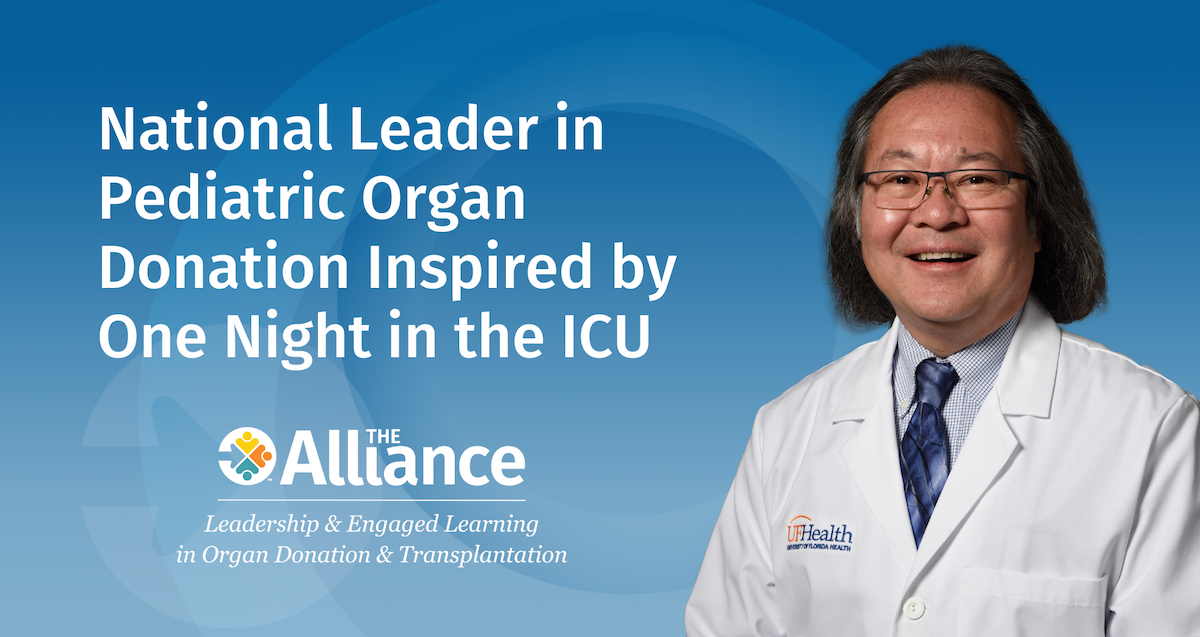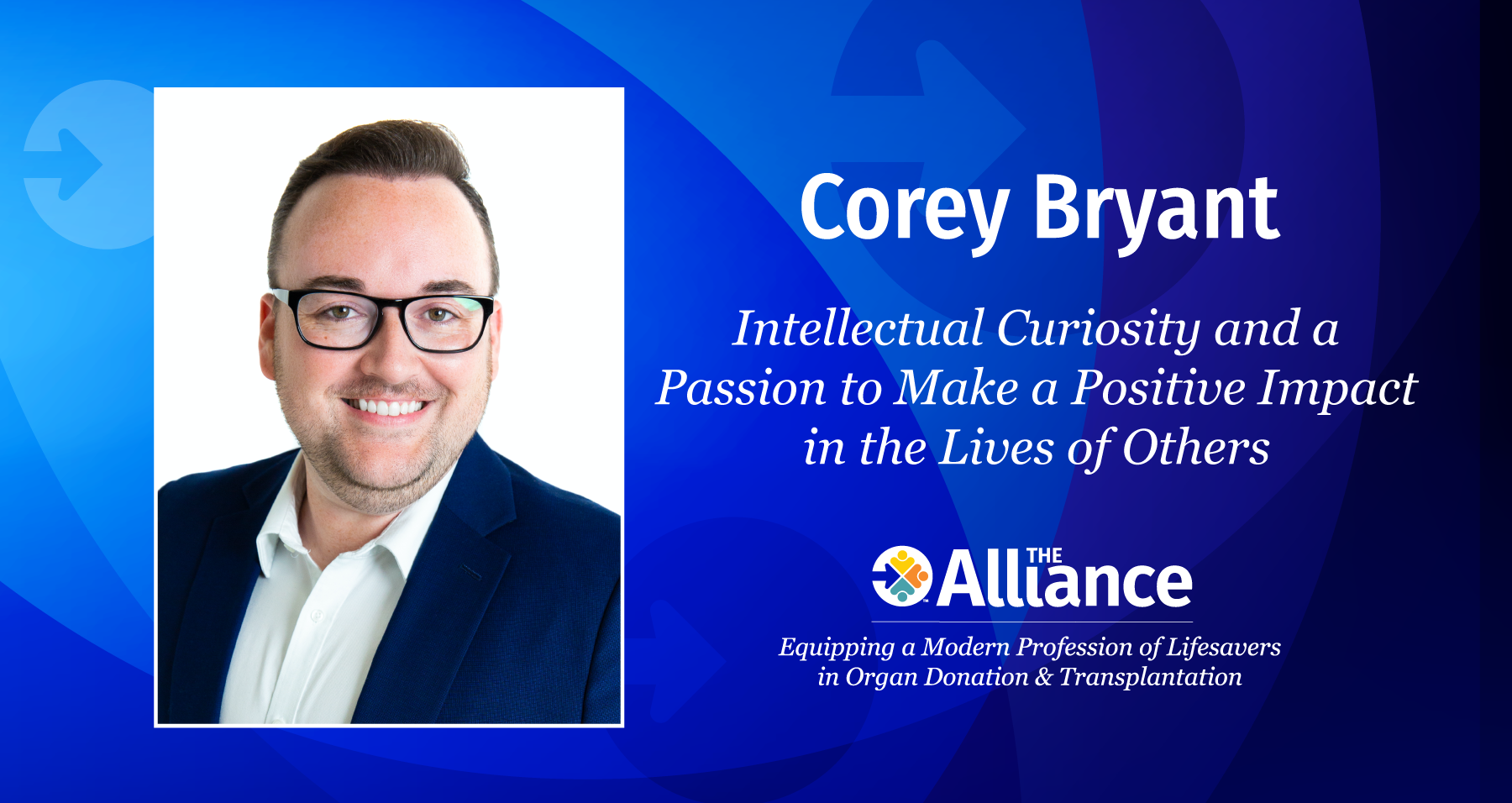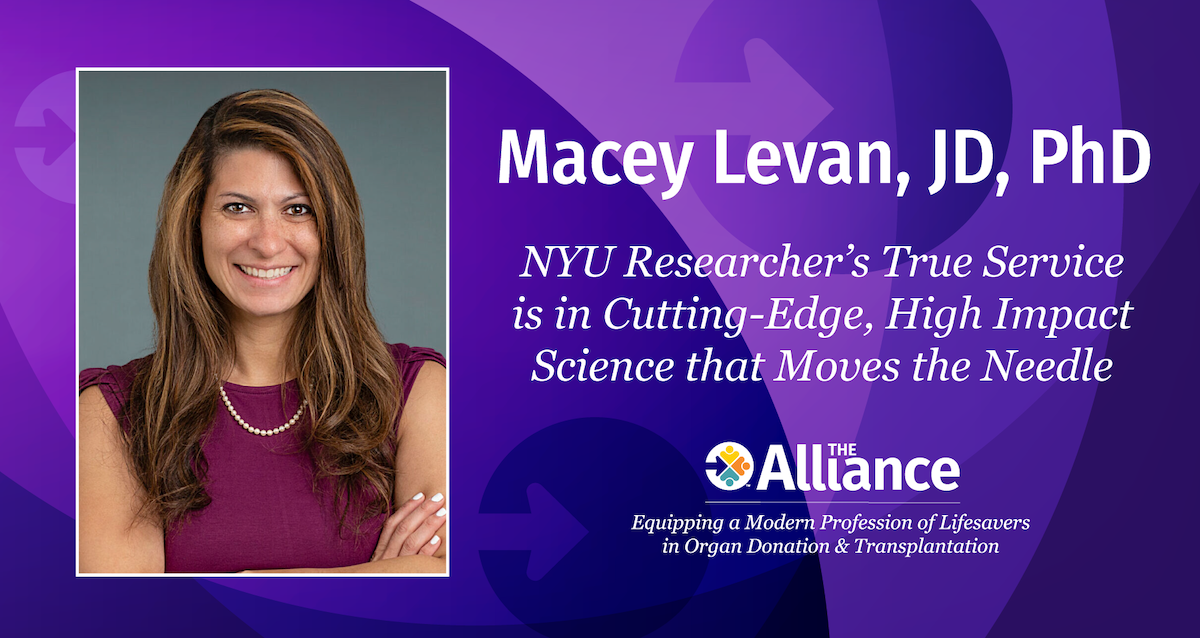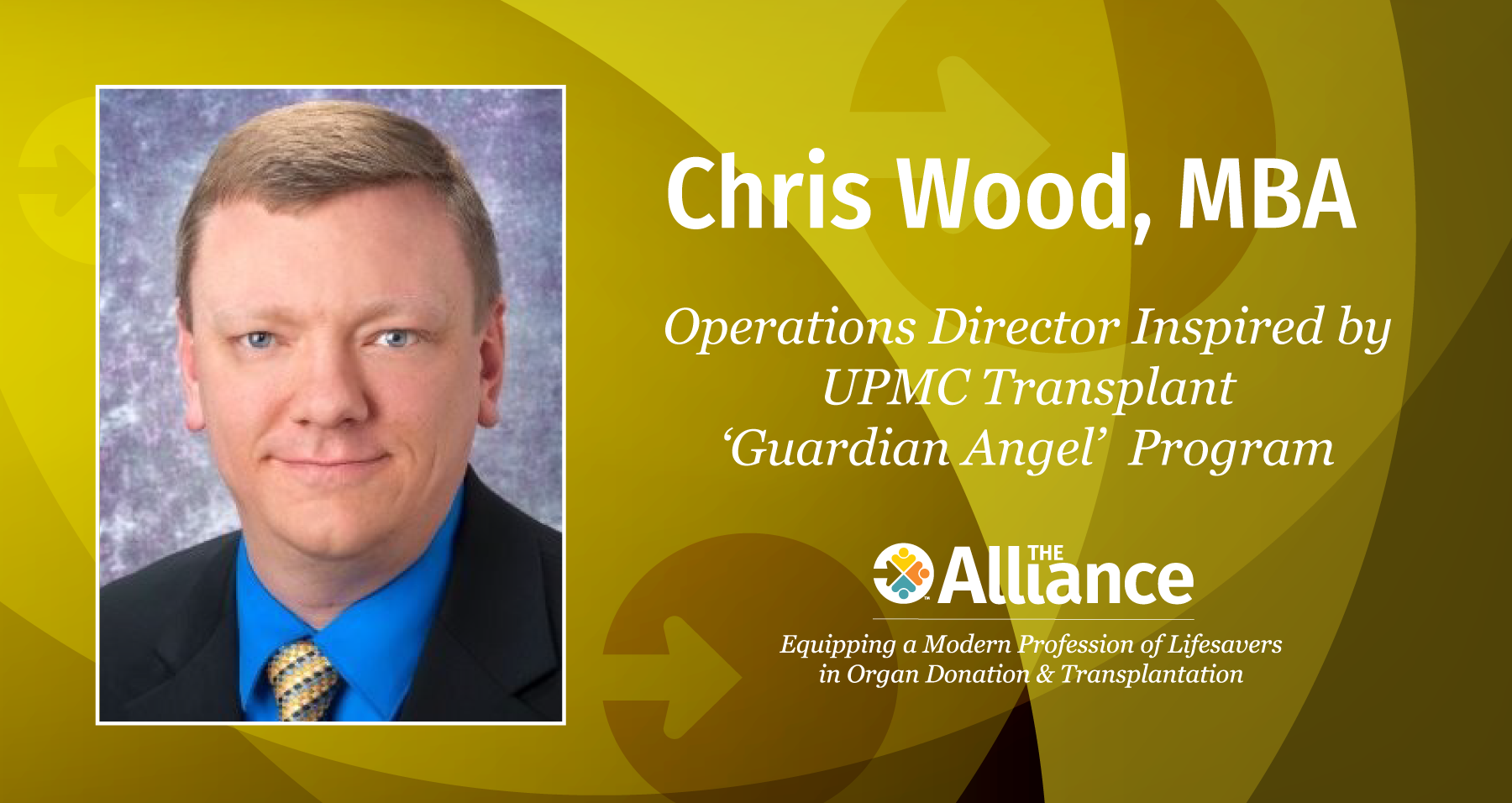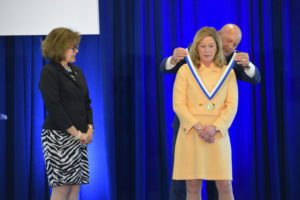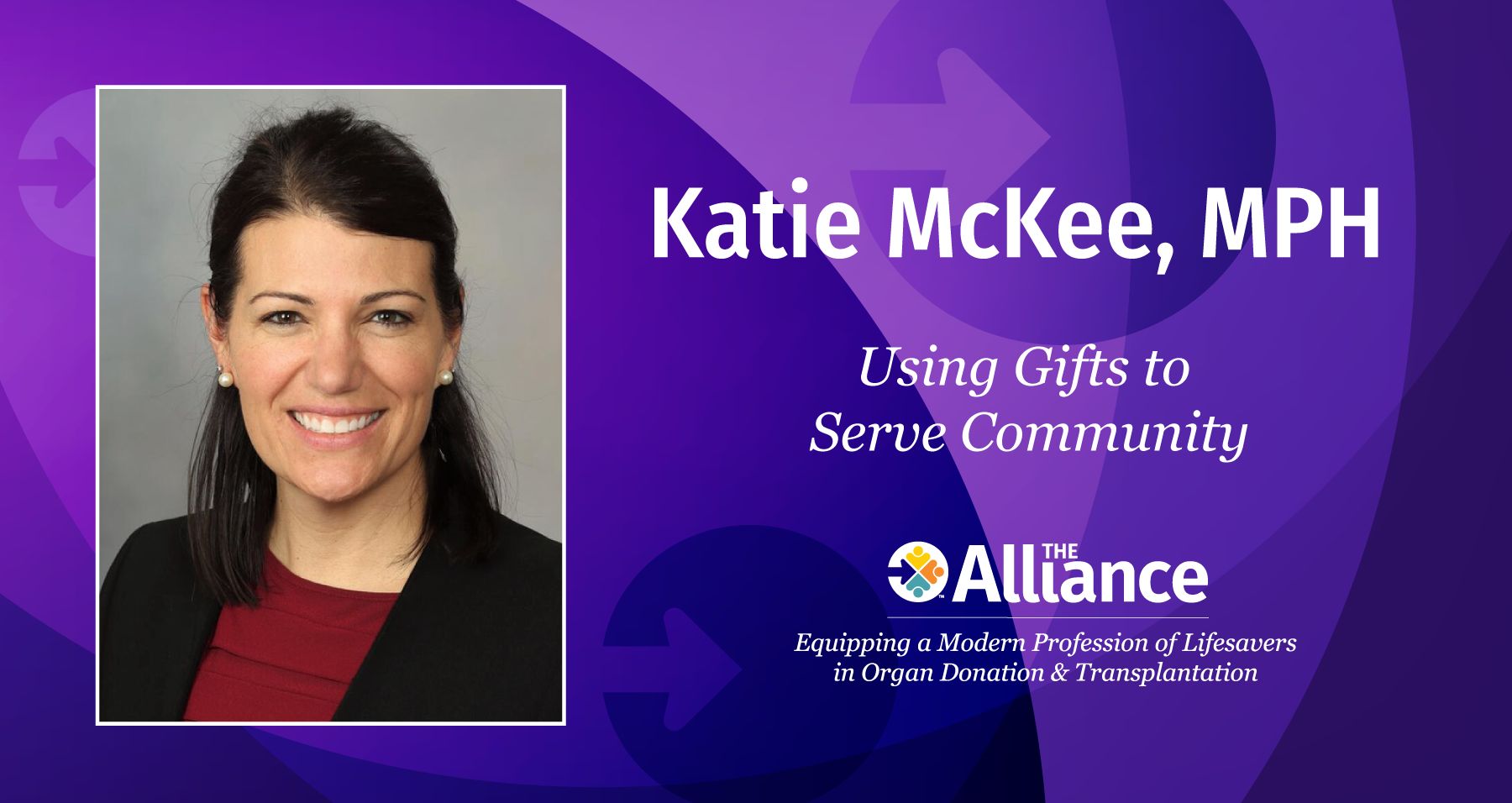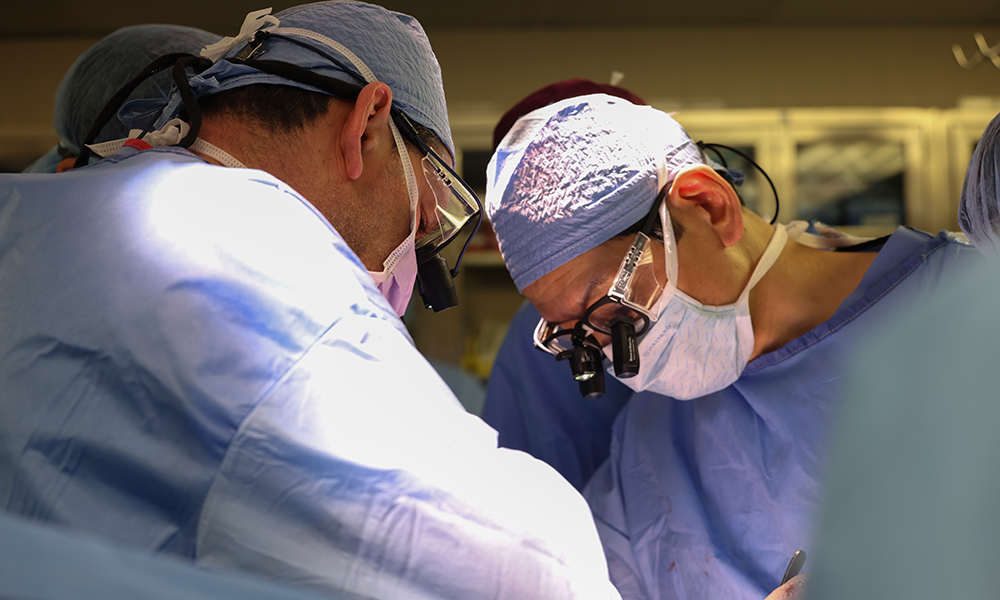Pediatric Intensivist Thomas Nakagawa, Medical Director of the Pediatric Intensive Care Unit at Wolfson Children’s Hospital in Jacksonville and professor of pediatrics at the University of Florida College of Medicine-Jacksonville, is thrilled to be a leading advocate for pediatric organ donation and transplantation. A look at his journey to that involvement is appropriate given that National Pediatric Transplant Week takes place April 24-30 during National Donate Life Month and focuses on the powerful message of ending the deaths on the pediatric transplant waiting list.
“I’m thrilled that I am engaged with donation and transplantation because pediatrics has always kind of been an afterthought, whether it’s in medicine or in donation and transplantation, and to be able to bring that to the forefront and to make sure that it’s on the table and we’re talking about children becomes really important because the kids are our future and we have the ability to impact our future. It’s my job as a pediatrician and a critical care specialist, to make sure that children grow up strong and healthy and can move into adulthood.”
He says that after 31 years in practice he’s come to appreciate the development of the pediatric brain and how fragile life is. “In that first 12 to 18 months of life, it’s fascinating how the brain develops, how the wiring and everything comes together, and how you go from this blob sitting on a blanket to something that’s up running around and throwing things and eating things. It’s also heartbreaking to see how devastating an injury can be and how in just a matter of seconds, all that can be taken away. Critical care medicine shows you the fragility of life, but it also shows you how resilient kids and the human body really is.”
Nakagawa, a member on the Board of Directors for the Organ Donation and Transplantation Alliance and a nationally recognized expert on issues pertaining to end-of-life care, organ and tissue donation, neurologic and circulatory determination of death and involvement with ethical issues, says, “We see so many bad things in critical care and if I wasn’t involved in donation and transplantation, I don’t know if I would still be practicing critical care. It’s such a small part of what we do in the ICU, but it’s clearly been one of the biggest and most rewarding part of my career. It all goes back to one night in the ICU with a coordinator who took the time to ask questions and really engage me in the process.”
One Night in the ICU Changed His Life
One night in Virginia shortly after Nakagawa became an attending physician in the early 1990s, he met with an organ donation coordinator in the ICU after a patient had died. “The coordinator came in, sat down with the chart and asked me a lot of questions such as ‘can you help manage the ventilator and what fluids would you use’?” says Nakagawa. “And this went on for hours. It was about four o’clock in the morning when I left. I decided to go home, sleep for a couple of hours, and come back to make rounds. I later learned that they had recovered organs from this child. The donation coordinator actually went back and chatted with the CEO of the organ procurement organization and talked about how helpful I was in managing the donor.”
Nakagawa credits that night with changing his life. “It’s impressive how one person can change the whole course of somebody’s life as I had a bad experience in my fellowship training and wasn’t really interested in donation or even being a champion. I tell the story because it’s near and dear to my heart. That coordinator was Bruce Nicely who many of the veterans in the field of organ donation know very well. Bruce is still working with Gift of Life Michigan. His CEO at the time was Helen Bottenfield, who later became the first Executive Director of The Alliance.”
After that night, Nakagawa met with Bottenfield and became involved in regional hospital and donation committees in Virginia. “That was the launching pad for pushing me down that pathway towards donation and transplantation, says Nakagawa. “When I left Virginia in 2002, it wasn’t long after I joined the faculty at Wake Forest that the first organ donation collaborative launched. They recognized that they didn’t have pediatric representation and Helen said, ‘I have just the person.’ Helen and I had a long discussion and I joined the collaborative team. It was really Helen and Bruce who were so instrumental in moving me into the world of donation and transplantation. And for that I will be forever grateful.”
Bottenfield then got him involved with The Alliance. Nakagawa went on to co-chair the Donor Management Task Force and was part of the Donor Leadership Task Force. “The Alliance has really helped bring donation and transplantation together under one umbrella, and we always struggled with that before,” he says. “It was always challenging to get the surgeons to the table, and The Alliance has done a good job with that. It’s brought the OPOs, medical community, and leadership together and has become an industry leader.”
Nakagawa says the families that he’s worked with and a project to recognize those pediatric donor families are among the highlights of his career. ”I spearheaded the creation of the Butterfly Promise Garden, a donor memorial wall at The Children’s Hospital in Norfolk, Virginia in the 1990s. It recognizes the true heroes, which are the children and the families that really in their darkest hour found the courage to think of others and give the gift of life through donation.” Nakagawa also designed a pin to specifically recognize pediatric donors and their families.
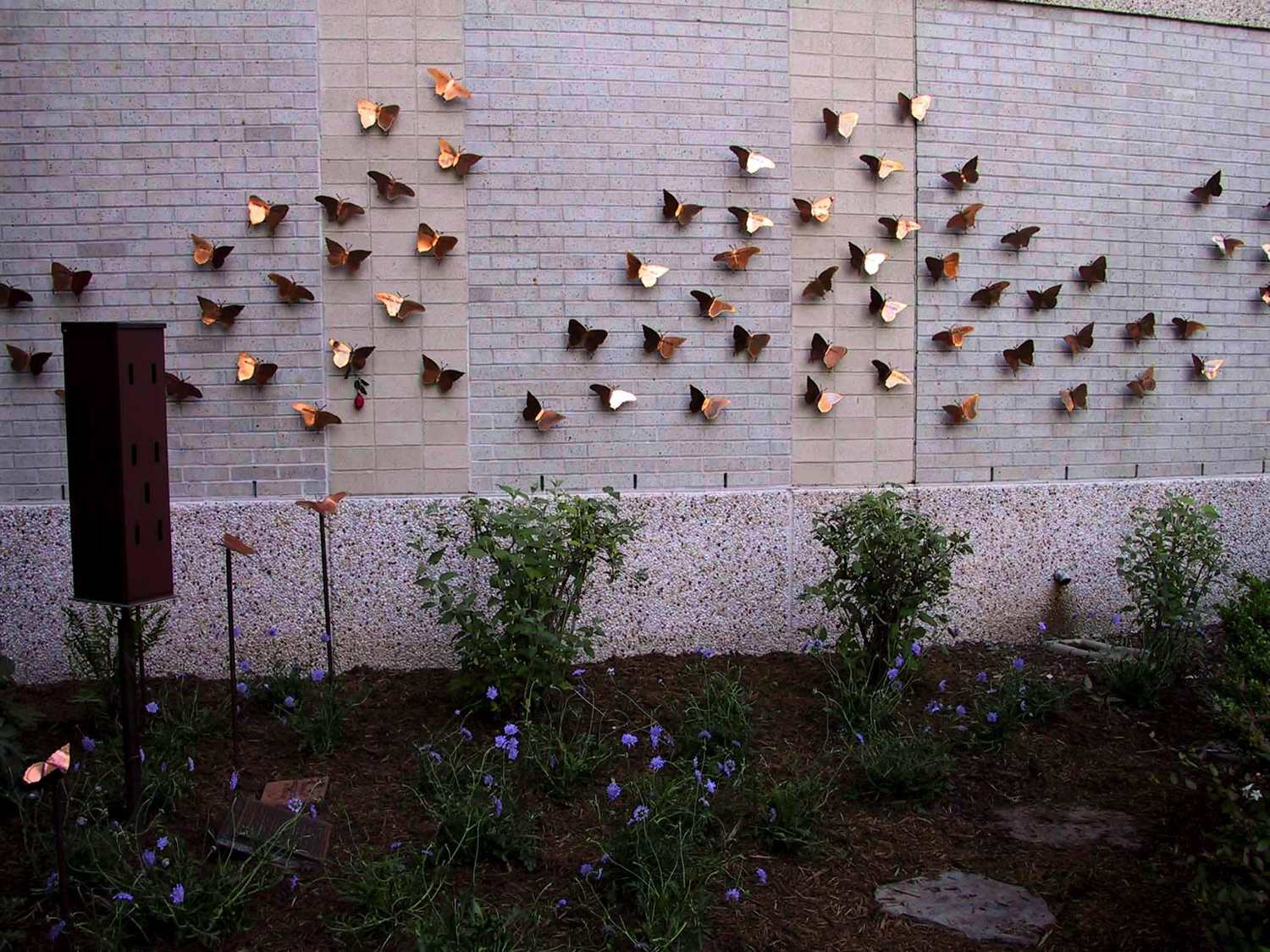
Pathway to Pediatrics, Critical Care, and Donation/Transplantation
Nakagawa found his love of pediatrics and intensive care during his medical school rotations. “I just found that kids were more fun to work with,” he says. “During my ICU rotation, I got to take care of really sick kids. There was a team approach that makes everything work because in critical care we’re only as good as the entire team. The intensivist doesn’t make a critical care unit. Critical care is a team sport and we rely on our subspecialists, our respiratory therapists, our nurses, child life specialists, social workers, dietitians, chaplains, and pharmacists, very similar to donation and transplantation. There’s a huge team that rounds every day with us. That’s the practice that makes us really great in pediatrics and in critical care.”
Dr. Nakagawa has served on numerous national and international organ donation and transplantation committees, and expert panels. He is a consultant for medical groups and societies on issues pertaining to pediatric organ and tissue donation and determination of circulatory and neurologic death. His leadership roles include involvement with regional advisory boards and national medical societies serving as the Pediatric Representative on the Society of Critical Care Medicine (SCCM) Council and is the SCCM representative on The Alliance’s Board of Directors.
Family Has Been an Important Influence
Nakagawa was born and raised in Denver and says he spent his childhood outside playing baseball and made-up games. ” As a kid, I loved playing doctor.” He says he was fascinated with medicine, a fan of the TV show “Marcus Welby, MD, and Emergency” and had the best birthday ever when he turned five. “I was five years old when I got my first stethoscope, and I still have that stethoscope,” says Nakagawa. “The woman who lived across the street was a nurse, and she knew that I loved playing doctor and she got me an actual stethoscope. It was not a Fisher-Price toy stethoscope, but an actual real stethoscope. And I remember putting that on around my neck, and it was almost hanging to the floor.”
He also credits his mother with encouraging his interest in medicine by taking him to work with her at Bell Labs where she was a medical technologist. “I credit my mother with a lot; not just medicine, but really encouraging me to speak publically,” he says. “Both of my parents said to be successful you have to master the English language. I’m third-generation Japanese. I grew up in a household where my parents did speak Japanese, but they wouldn’t speak it around us. And part of that is because they knew the importance of mastering the English language to be successful in society. Their parents, the first generation, didn’t speak any English.”
“I credit my parents with everything. They’re fantastic people and although they have both died, I carry their lessons and legacy within me. Unfortunately, a lot of that traditional heritage has been lost as we’ve moved through the years,” he adds. “My wife and I have really tried to instill the importance of my Japanese background in our son. I am a third generation, and my son is a fourth-generation Japanese American. I believe history is so important because it is core to who you are, to your beliefs, your foundation, your principles.” Nakagawa and his wife, Laurie, will celebrate 30 years of marriage in 2022. Their son, Colin, is attending law school.
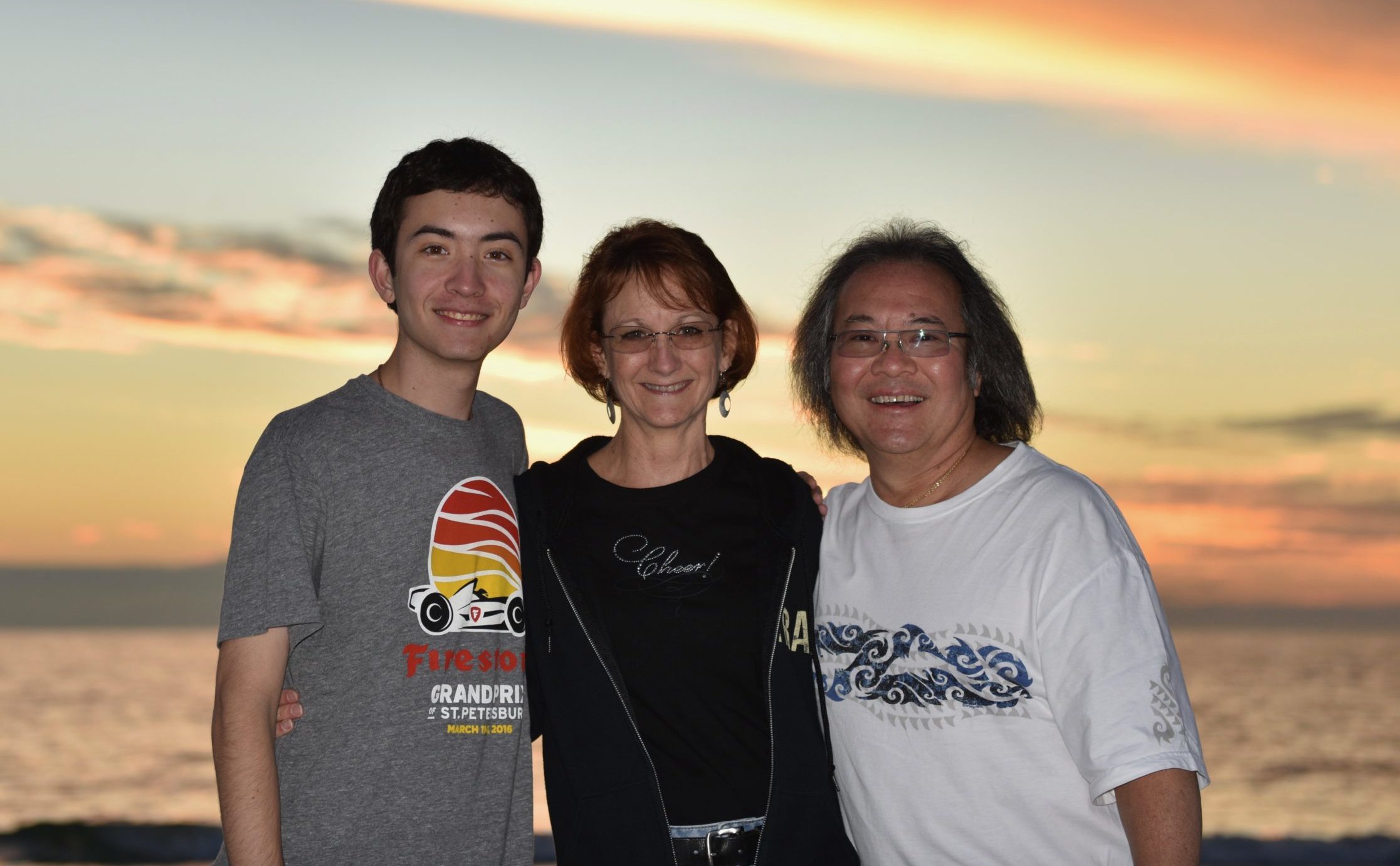
Dr. Nakagawa attended Southern Methodist University and Texas Tech for undergraduate studies and Texas Tech University School of Medicine for medical school. He did his residency training at the Phoenix Children’s Hospital and Maricopa Medical Center where he was a Chief Resident. He did his fellowship training at Children’s Hospital Los Angeles. He then practiced for 10 years at Eastern Virginia Medical School in Norfolk where he began to publish research papers and became more involved in academics and teaching. In 2002, he joined the faculty at Wake Forest University School of Medicine in Winston-Salem. In 2016, he moved to Florida and worked with Johns Hopkins All Children’s Hospital before taking on his current role at Wolfson Children’s Hospital in Jacksonville and the University of Florida School of Medicine.
He also serves as the Assistant Medical Director for HonorBridge in Durham, North Carolina. “I’m much more involved in training and working with donor management, especially with pediatrics, because that’s an area that’s lacking. Most coordinators just don’t have enough pediatric experience and lack expertise in that area.” Anything we can do to help recover more organs from children helps to save more lives.
As a personal interest, he was classically trained in piano and theory starting at age 4 and played keyboards in bands throughout high school and medical school. “I am an audiophile and music fanatic. I love classic rock and roll from the 60s and 70s, new age, and jazz. Music is a universal language that brings everybody together.” He also is an avid photographer. As a family, we love baseball and auto racing. We really enjoy being at the track. He has driven an Indy-style car at Charlotte Motor Speedway reaching a top speed of 167 mph, “ definitely a thrill of a lifetime!”
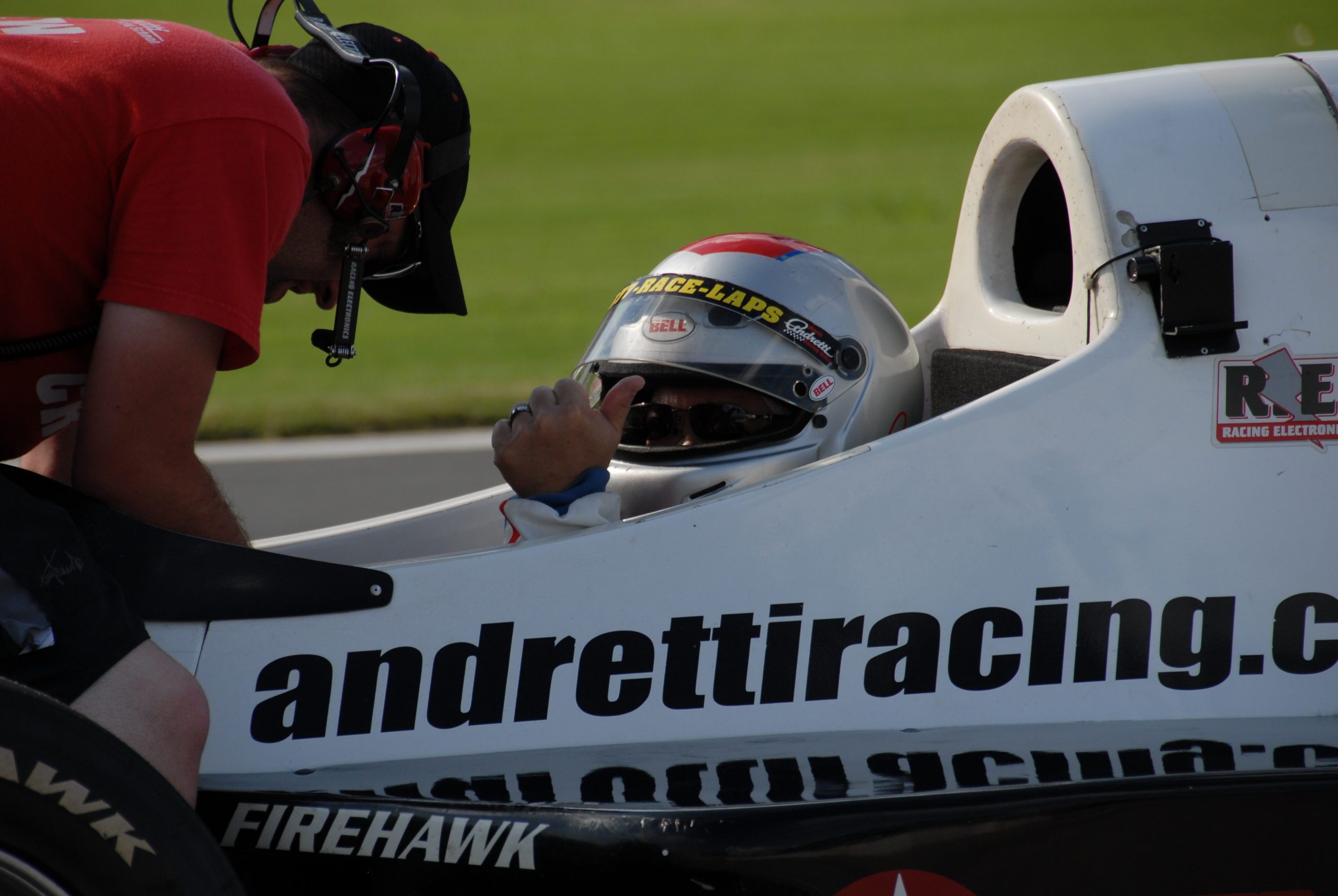
The best doctor isn’t the smartest doctor
Nakagawa has been in academic medicine for more than 30 years. “Academic medicine pushes you to learn every day while teaching at the same time. It can be time-consuming, it’s much quicker to do a procedure myself than it is to try and teach a resident. But that’s part of the education process to help train our next generation of physicians.”
“Every day at the end of rounds with the residents and medical students, I try to do a five-minute session of ‘teach me something outside of medicine.’ I’ve learned about baking bread to hula dance and all kinds of fun facts. It expresses to the residents and students the importance of being able to communicate. The one thing I believe makes a good doctor is somebody who can listen and who can also interact with their patient. The best doctor isn’t the smartest doctor. The best doctor is one that can really communicate and work with their patients and families.”
Expressing Gratitude
Nakagawa said he’s grateful to many in the donation and transplantation community who have inspired him over the years. “My goal is to try and make a difference in people’s lives and restore health. I think the more important thing is when a family looks at their loved one and says, ‘my loved one is still alive because they got a transplant.’ It’s not about the person who drove that process. It’s about the fact that there are so many good people out there that continue to work to provide that service. It’s never about one person. It’s always all about the team.” “To all of my friends and colleagues in donation and transplantation who have been so instrumental in guiding and influencing my career, thank you! You have made me better personally and professionally.”




